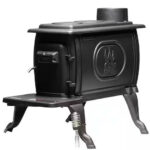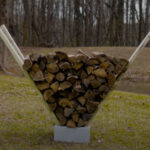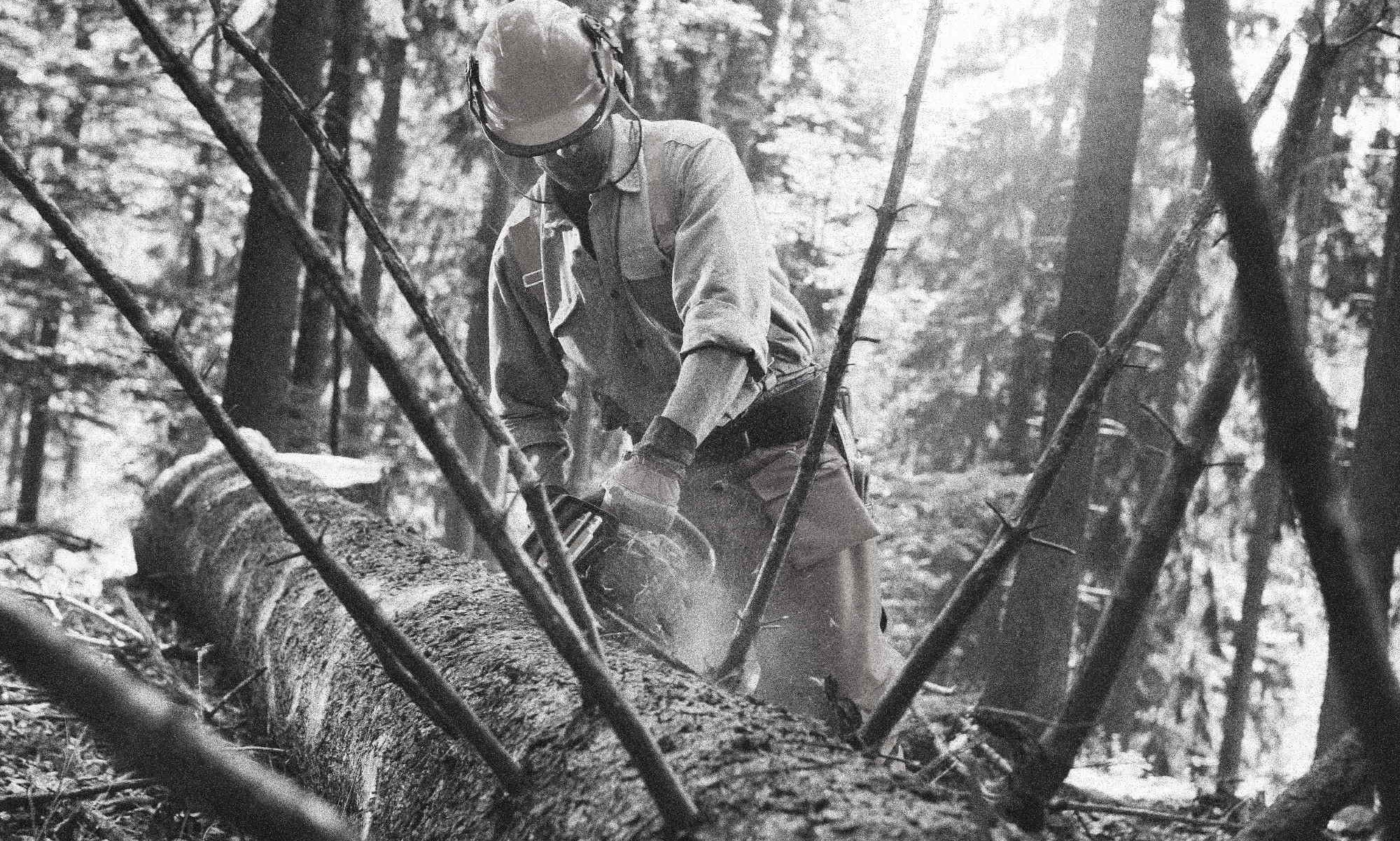What would you do if your power went out?
I mean besides fussing about missing the game, not having wifi, and having to postpone your steaming hot shower 🙂
What if it was out for entire day? A week? A month?
 If you’ve been hanging around ChainsawsToday for very long, you know I’m not prone to drama or histrionics. But I’m a firm believer that every home needs a backup heat source.
If you’ve been hanging around ChainsawsToday for very long, you know I’m not prone to drama or histrionics. But I’m a firm believer that every home needs a backup heat source.
The house I grew up in (a long time ago) had electric baseboard heaters. It was inefficient and expensive, so we tended to heat our house in the wintertime with a wood stove and a fireplace. The electric heat was of course a lot less trouble than a fireplace. You could just spin the thermostat’s dial and relax while the temperature climbed. You didn’t have to cut wood, split it, stack it, carry it inside, build a fire, maintain a fire, carry ashes out and dispose of them.
On the other hand, the wood heat never let us down. A power outage did not affect our ability to stay warm. There are lots of steps we should all take to guard against emergencies, storms, unexpected and uncontrollable events. But backup heat is pretty high on my list.
The cool thing about the topic of stacking and storing firewood is that it applies to so many people. On one end of the spectrum, we have folks who heat their homes exclusively with wood. Maybe towards the middle of the spectrum, we have folks who only burn wood in the fireplace. And then on the other end of the spectrum are the folks who only build a fire in the back yard on rare occasions, really just for fun or to cook some smores with the kids.
I bought a fire pit the other day that I love, by the way. It is one of those gigantic smokeless jobs from a company call Breeo. I sought them out because I wanted something durable that was made in the US of A. I think you can find them here:
Note to self: publish something here on the site about fire pit reviews.
Pretty much everyone should have a way to burn wood for heat, even if it’s “just in case”.
That means pretty much everyone should have some wood around.
Annnd, that means all of us should be stacking wood somewhere.
 I am going to give you some tips about stacking and storage.
I am going to give you some tips about stacking and storage.
Seasoning is key. You want your wood moisture content to be 20% or lower. So…
Tip #1 – don’t burn green wood.
With enough experience, you can simply look at a piece of wood and tell whether it’s seasoned or not. Barring that, they do make moisture meters that make it a lot easier and less subjective.
The age of the wood is important. If it was recently cut down, it may still be full of sap and moisture. You will want to leave it to season for a year or two before burning it.
Tip #2 – don’t stack your wood on the ground.
Wood is porous. It tends to wick moisture. As firewood sinks into the ground, it will absorb moisture and may even start to rot. This can affect the row of wood above it, and the row above that, etc.
Tip #3 – Stack your wood bark side up.
The bark of the tree is a natural protectant. It will tend to shield sticks of wood from rain and snow, and help the rain run off to the sides instead of being absorbed.
Tip #4 – Both sunlight and air are good.
Remember, we want to “season” the wood. Covering it is good, but not wrapping it. Of course, it’s firewood so it’s not like it’s ruined if it gets wet!
But ideally we would store it under an awning or a tarp or a lean-to. And ideally, the covering would be high enough to protect it from rain and still allow direct sunlight. We really want that wood to bake in the sun day after day. Then it will burn clean, dry, and hot.
I have plenty of property. I don’t live in a neighborhood, and have no nosy neighbors to complain about my yard. So I don’t have to be picky about racking.
I learned how to do my own easy DIY firewood rack with a concrete block and a couple of knotty, warped 2×4’s. Here’s a picture of one of the dozens I have at the back of my fence line.

I typically staple a piece of re-purposed cardboard across the top, with re-purposed shrink-wrap over the cardboard.
This setup gets plenty of airflow, plenty of sunlight, keeps the wood off the ground, and is super cheap.
If you want something a little nicer, or your HOA does (ha ha!), you can get some pretty nice ones for $50-$100:
If any of you have your own tips/tricks, contact me or leave a comment, I’d love to hear them!
